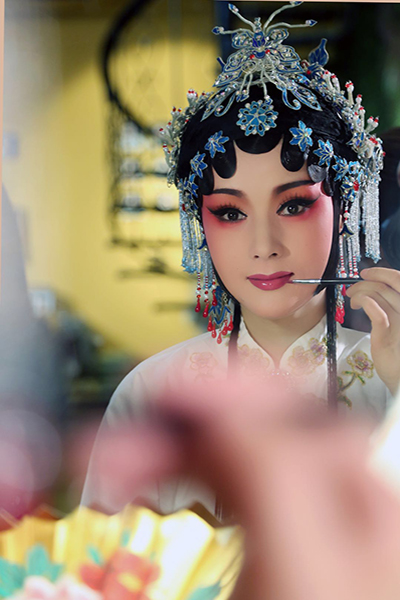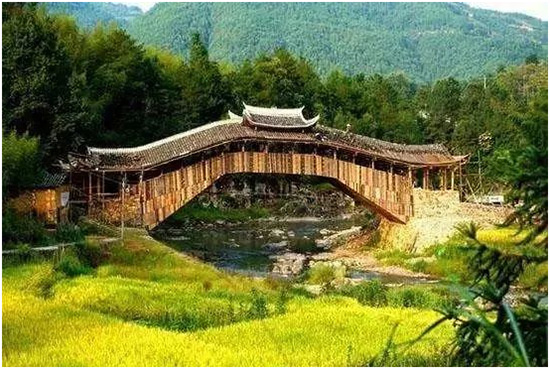



Zhejiang province outshines in terms of intangible cultural heritages(ICH). The region embraces 217 listed items in the four ICH listing projects, riding at the top of the whole country. What's more, there are still 10 recognized Intangible Cultural Heritage of Humanity, four out of which belong to Wenzhou!
How many of these four cultural heritages have you acquainted yourself with? Have you ever heard about their histories or perceived them with your own eyes? Today is your opportunity to broaden your horizon.
Yongjia Kunqu Opera

Yongjia Kunqu Opera, after making its journey into Wenzhou (historically called "Yongjia") from its original birth place (Kunshan area in Jiangsu Province), has under the influences from local dialects, customs, and other native operas and finally assumed its distinctiveness of peculiar antiquity, subtlety and colloquialism from the localization process. Later, it even spread from Wenzhou to its surrounding areas like Lishui and Taizhou. Experts render Yongjia Kunqu Opera to be especially high historical and academic value for the "Haiyan vocal intonation" and early "Wenzhou vocal intonation" preserved in it. In recent years, Yongjia Kunqu Opera obtained Caoyu Opera Award, Wenhua Award, Luxun Literature Award from Chinese Opera Society. It was registered into the first National Intangible Cultural Heritage list in 2006, and the Intangible Cultural Heritage of Humanity catalogue in May, 2001.
Braided-Girder wooden arch bridge architecture

A wooden arch bridge with braided girder is vernacularly called "centipede bridge", and contemporarily named "veranda bridge". The oldest such bridge in existence is Sixi Bridge whose construction began as early as 1570 AD, Ming Dynasty (Longqing the fourth year), with its arch structure similar to the rainbow bridge depicted in the well-known traditional Chinese painting masterpiece -- Qing Ming Shang He Tu, it was built with ingenious mechanics so that not a single nail was present in the structure. Unfortunately, there were only two men -- Dong Zhiji and his apprentice -- standing as extant artisans grasping this architecture which urgently needs intensive rescue and protection. It was included into the sixth batch of National Cultural Relic Protection Sites in 2004, listed in the second Zhejiang Provincial Intangible Cultural Heritage in 2007 and the national list in 2009, and UNESCO list of ICHs in need of urgent safeguarding in the same year.


